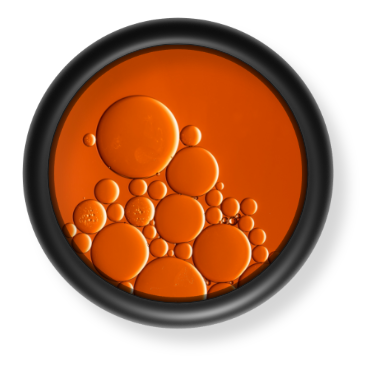Camlock fittings, also known as cam and groove couplings, are an indispensable component in various industrial sectors. These fittings offer a simple yet efficient solution for connecting and disconnecting hoses or pipes swiftly and securely. In this article, we delve into the potential of camlock fittings, exploring their functionality, applications, advantages, types, selection criteria, and safety considerations.
- Understanding Camlock Fittings
- Applications of Camlock Fittings
- Advantages and Benefits
- Types of Camlock Fittings
- Choosing the Right Camlock Fittings
- Safety and Maintenance
- Innovation and Efficiency with APG
Understanding Camlock Fittings
Camlock fittings comprise two main parts: a male adapter (cam) and a female coupler (groove). The cam features protruding levers or arms that facilitate easy locking into the groove, ensuring a tight seal. This mechanism allows for quick assembly and disassembly without the need for specialized tools, making camlock fittings highly convenient for fluid transfer systems.
Applications for Camlock Fittings:
Camlock fittings are valued for their simplicity and efficiency in applications where frequent connections and disconnections are necessary, such as in fluid transfer systems. They are commonly used in industries such as:
-
Chemical Industry: Camlock fittings are often used to transfer chemicals from one container to another or from a storage tank to a processing unit.
-
Petroleum Industry: These fittings are utilized for transferring fuels, oils, and other petroleum products in various stages of production, refining, and distribution.
-
Agriculture: Camlock fittings are employed in agricultural operations for tasks like irrigation, fertilization, and pesticide application, where hoses need to be quickly connected and disconnected.
-
Food and Beverage Industry: They are used in the transfer of liquids such as milk, juices, and beer during production processes.
-
Water Management: Camlock fittings find application in water distribution systems, firefighting equipment, and wastewater management for rapid hose connections.
-
Construction: In construction sites, these fittings are used for tasks like dewatering, concrete pumping, and water supply.
-
Manufacturing: Camlock fittings are utilized in various manufacturing processes for fluid transfer, cooling systems, and hydraulic applications.
Advantages and Benefits
The adoption of camlock fittings brings several advantages to industrial operations. These include:
-
Efficiency: Camlock fittings enable rapid connections and disconnections, reducing downtime and increasing productivity.
-
Versatility: These fittings accommodate a wide range of hoses and pipes, providing compatibility with various fluids and applications.
-
Reliability: The robust construction of camlock fittings ensures durability and leak-free performance, enhancing operational reliability.
-
Safety: Camlock fittings feature locking mechanisms that prevent accidental disconnection, minimizing the risk of spills or leaks.
-
Cost-effectiveness: By streamlining fluid handling processes and minimizing maintenance requirements, camlock fittings contribute to overall cost savings.
Types of Camlock Fittings
Camlock fittings come in different materials, sizes, and configurations to suit specific application requirements. Common materials include aluminum, stainless steel, brass, and polypropylene. Additionally, camlock fittings are available in various standard sizes ranging from ½ inch to 6 inches, catering to different hose or pipe diameters.
.png?width=250&height=250&name=APGs%20Specialty%20Cam%20%26%20Groove%20Industrial%20Coupling%20(1).png)
%20(1).png?width=250&height=250&name=Shop%20TOUGH-TITE%20(2)%20(1).png)
%20(1).png?width=250&height=250&name=brass%20coupling%20(2)%20(1).png)
.png?width=250&height=250&name=copper%20coupling%20(1).png)
Choosing the Right Camlock Fittings
When selecting camlock fittings, several factors must be considered, including the nature of the fluid being transferred, operating pressure and temperature, compatibility with existing equipment, and environmental conditions. Consulting with knowledgeable suppliers or engineers can help ensure the proper selection of camlock fittings for optimal performance and longevity.
Safety and Maintenance
While camlock fittings offer convenience and efficiency, it is essential to prioritize safety and proper maintenance practices. Regular inspection of fittings for signs of wear or damage, ensuring correct assembly and alignment, and following recommended guidelines for fluid handling operations are crucial steps in maintaining safe and reliable performance.
Innovation and Efficiency with APG
Camlock fittings stand as a testament to the innovation and efficiency driving industrial progress. From their humble beginnings to their widespread adoption across diverse sectors, these fittings continue to unlock new possibilities in fluid handling applications. By understanding their functionality, applications, advantages, types, selection criteria, and safety considerations, businesses can harness the full potential of camlock fittings to enhance operational efficiency, reliability, and safety. Let APG's expert team answer all of your industrial sealing questions.









 +1 800-888-5223
+1 800-888-5223
.png)



